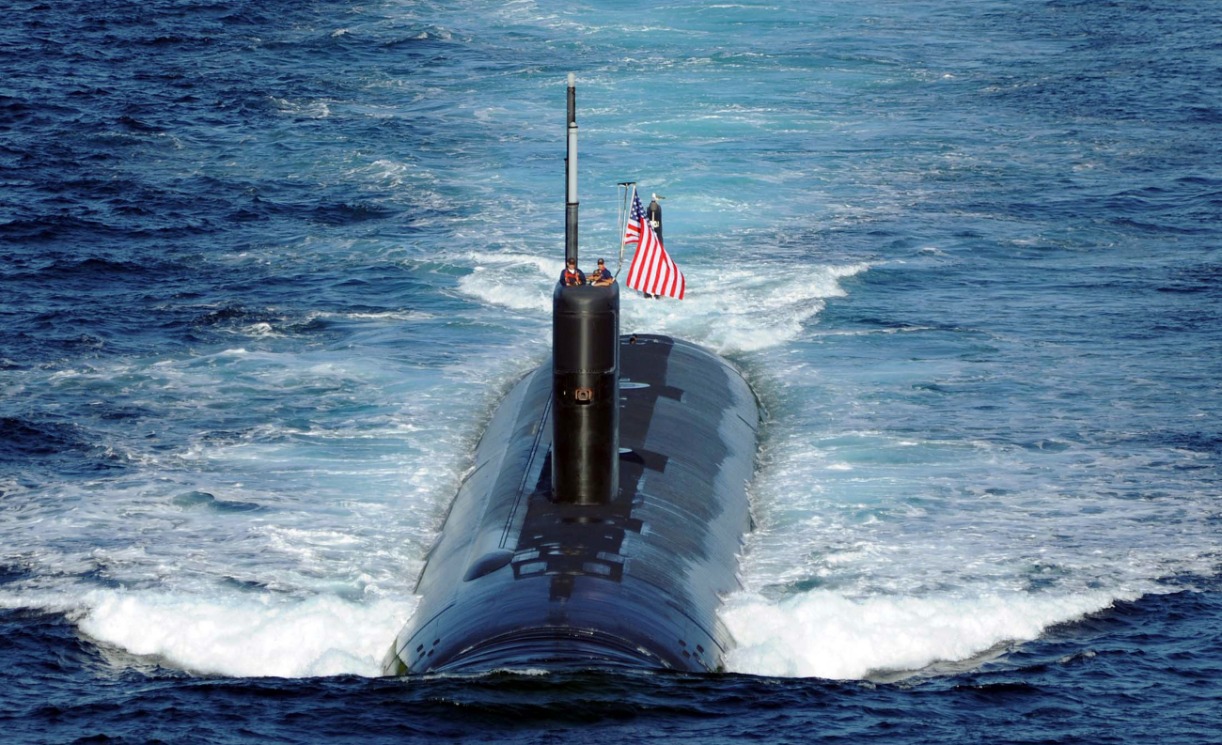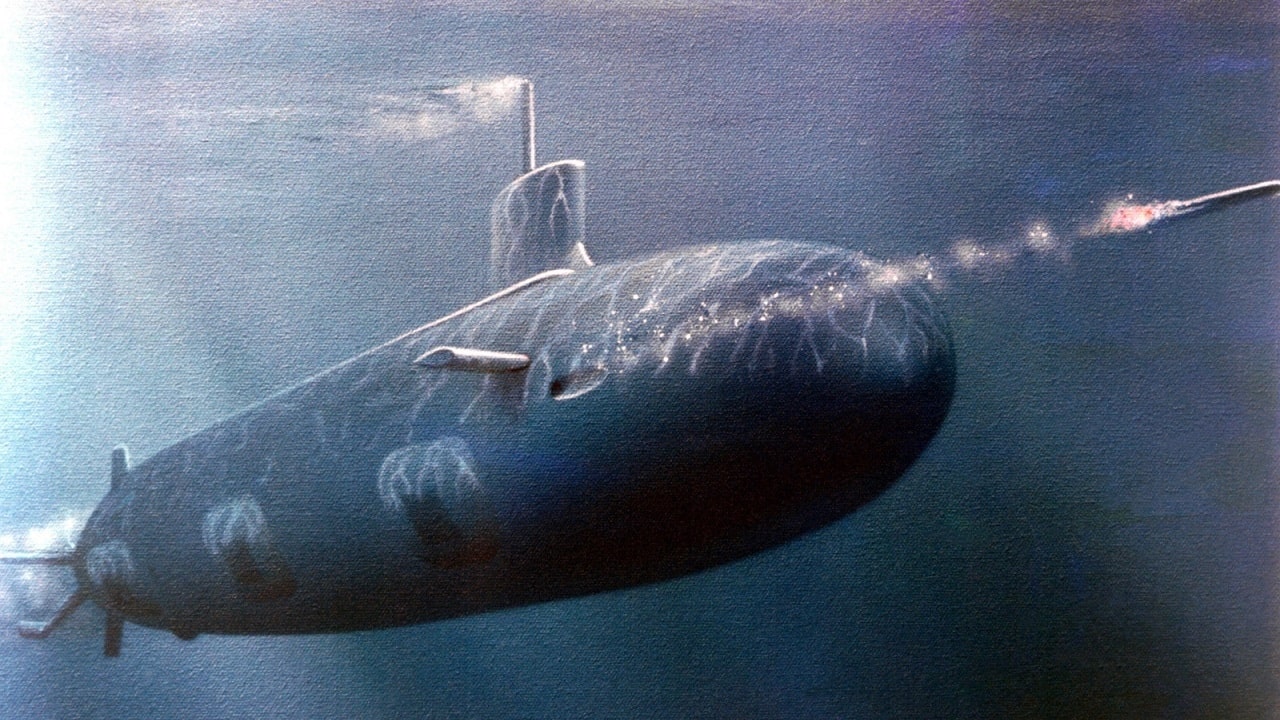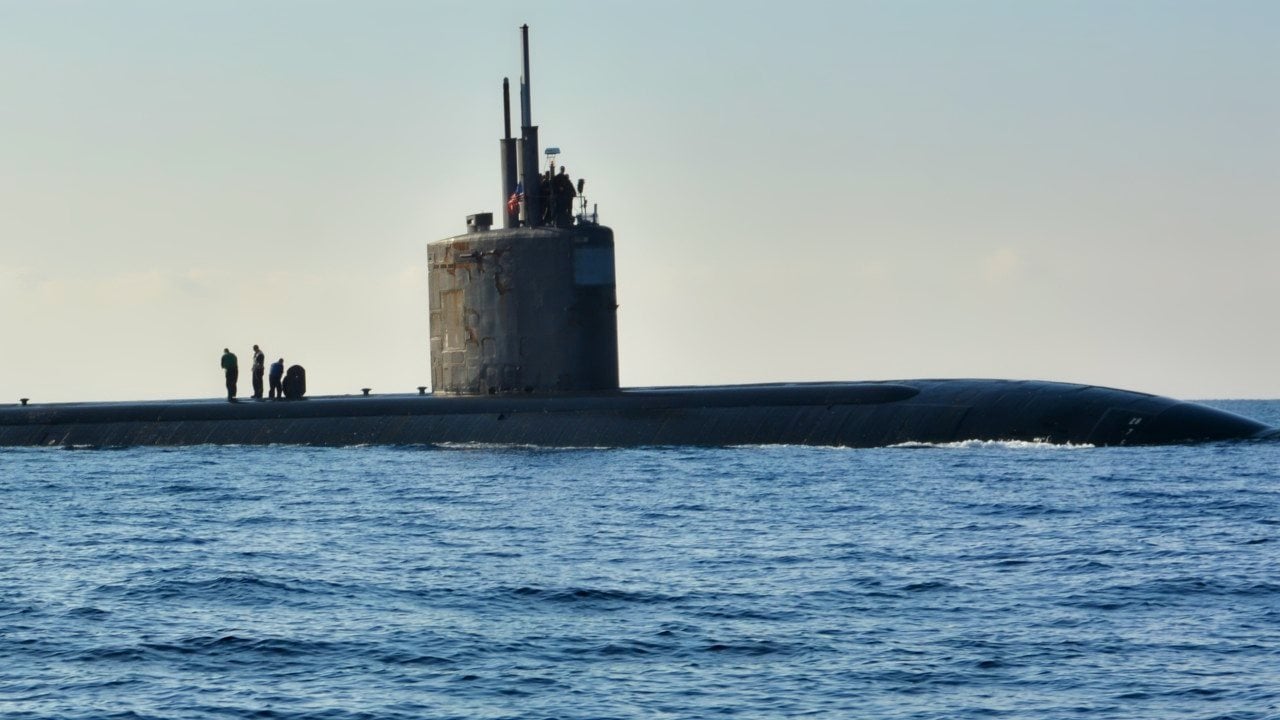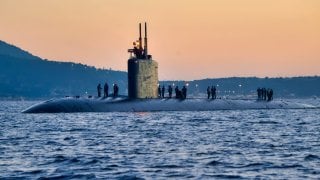Why China Fears the Navy's Los Angeles-Class Attack Submarine
The Los Angeles-class attack submarine, developed to replace the Sturgeon-class, remains a cornerstone of the U.S. Navy's undersea fleet. Powered by a nuclear reactor, these subs can operate silently and deeply, armed with Tomahawk cruise missiles and torpedoes.
Summary and Key Points: The Los Angeles-class attack submarine, developed to replace the Sturgeon-class, remains a cornerstone of the U.S. Navy's undersea fleet. Powered by a nuclear reactor, these subs can operate silently and deeply, armed with Tomahawk cruise missiles and torpedoes.

-Since its inception in the 1970s, the class has been crucial for U.S. naval dominance, particularly in countering Soviet and later Russian threats.
-With 40 vessels still in commission, the Los Angeles-class continues to play a vital role, especially in potential conflicts with China, where their stealth and versatility provide a critical advantage over surface ships vulnerable to China's A2/AD strategies.
Los Angeles-Class Submarines: Still Dominating the Seas After 50 Years
Developed as a replacement for the Sturgeon-class attack submarine, the Los Angeles carries an armament of Tomahawk cruise missiles. It can fire from vertical launch tubes and four torpedo tubes. A single nuclear reactor powers the vessel, meaning she can run silent and run deep for far longer than the diesel-fueled submarines that populate the fleets of many rival nations.
The sub can cruise at around 25 knots, just shy of 30 miles per hour. Manning these workhorses are about 127 enlisted sailors, with an additional 16 officers commanding them.
Speaking of running silent and running deep, the Los Angeles class has some of the most advanced quiet technology of any submarine prowling the deep blue. This was one of the Navy’s requirements when America’s maritime service turned to Newport News Shipbuilding Co., which was a subsidiary of General Dynamics Electric Boat Division, to replace the Sturgeon class.
The keel for the first Los Angeles-class attack sub was laid down on Jan. 8,1972. The first sub was launched two years later.
The Los Angeles-Class: Going 50 Years Strong
The USS Los Angeles, which gave the class its name and was formally decommissioned in 2011, was nicknamed the “First and Finest.” That should give you an idea of how important this submarine class is for the U.S. Navy. Half a century later, upgraded variants of this attack sub continue to provide the foundation for the silent service’s fleet. There are currently 40 Los Angeles-class vessels in commission for the Navy.
The Los Angeles class was supposed to be phased out and replaced by the Seawolf-class submarine, a far more sophisticated and expensive platform. Because of the complexity of the Seawolf class and the end of the Cold War, successive Congresses chose to continue funding a reduced fleet of the cheaper Los Angeles-class attack subs.

As my colleague, Maya Carlin, so eloquently put it, “the Los Angeles-class attack submarine had just one mission.” That mission was to “ensure that the Soviet Navy [and later Russia] was utterly outclassed in any sort of war.”
With its sophisticated all-quiet technology, and its capabilities for undersea warfare, surface warfare, mining operations, special forces delivery, reconnaissance, and carrier battle group support/escort functions, the Los Angeles class continues proving its mettle, even at a time when rivals at sea are growing more capable.
The Los Angeles-Class is a Great Counter to the China Challenge at Sea
When the inevitable conflict with China erupts over Taiwan, the Los Angeles class will be the weapon with the most profound strategic impact against the People’s Liberation Army. Other systems, like the Seawolf class or the newer Virginia class, are important, but they lack the numbers the Los Angeles class enjoys.

Meanwhile, the Navy’s preferred power projection platform, the aircraft carrier, will find itself mostly useless in the opening phases of any Sino-American conflict. This is because China’s anti-access/area denial (A2/AD) capabilities are so robust, and they are geared at deterring the deployment of expensive, easy-to-spot aircraft carriers.
While China has developed a coterie of sophisticated (and unsophisticated) methods for tracking American submarines while undersea, the fact remains that U.S. submarines will be far harder to kill or deter than their surface counterparts. This is especially true of the backbone of the U.S. fleet, the Los Angeles class.
Woe be to America’s foes who dare to challenge this stalwart sub. They won’t live to regret it.
About the Author:
Brandon J. Weichert, a National Interest national security analyst, is a former Congressional staffer and geopolitical analyst who is a contributor at The Washington Times, the Asia Times, and The-Pipeline.
All images are Creative Commons.


